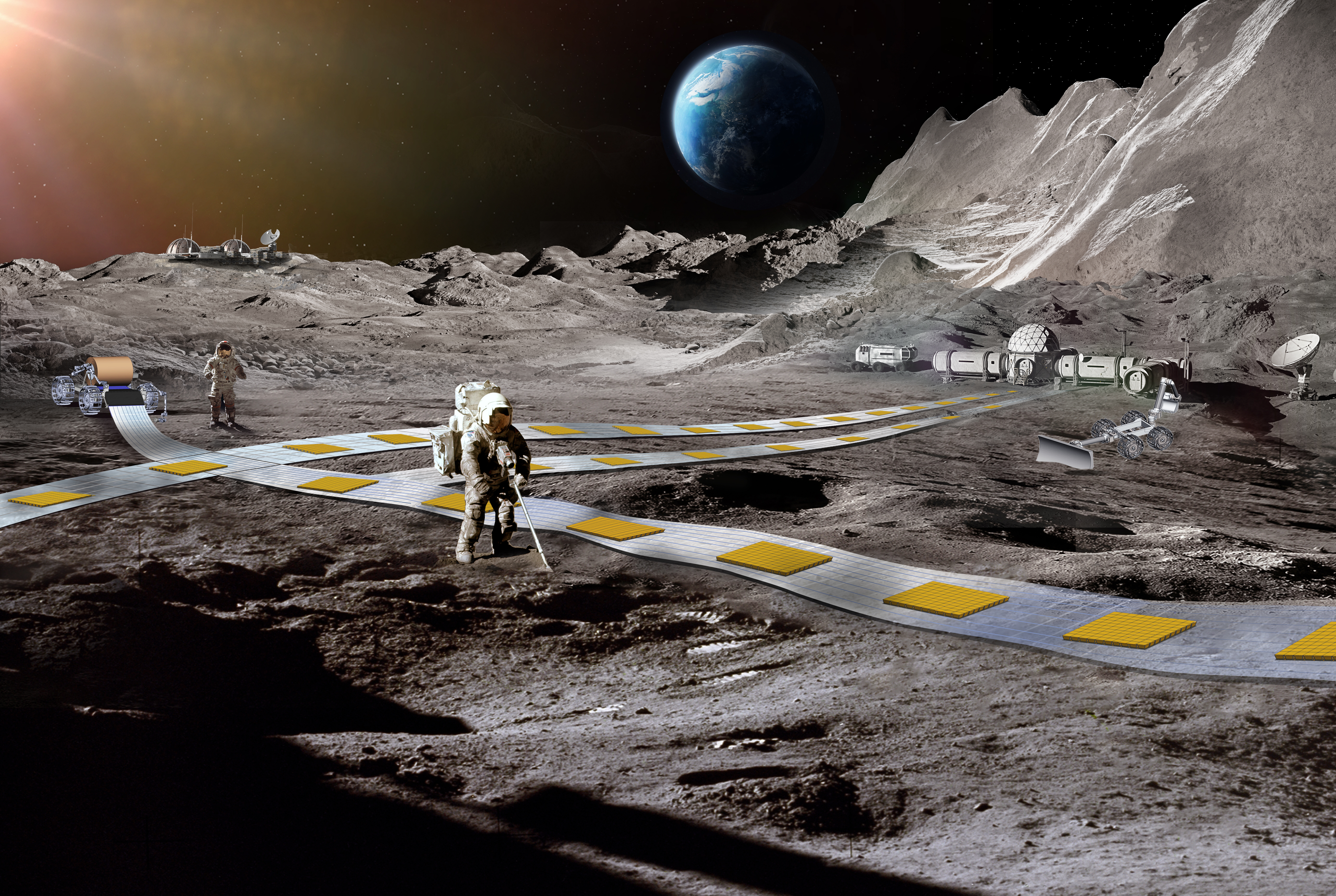NASA has some really wild plans, and I mean that in the best way possible. Despite facing some massive delays for its upcoming Artemis missions, which will see humanity return to the Moon for the first time in 50 years, NASA has also shared a mind-blowing plan to construct a levitating robot train that looks like something right out of a science fiction novel.
The Flexible Levitation on a Track (FLOAT) project might sound too crazy to be true, but NASA has actually released some very detailed plans about the whole ordeal. It’s all part of NASA’s Innovative Advanced Concepts Program (NIAC), which aims to develop “science fiction-like” projects for future exploration of space.
I think they’re really hitting the nail on the head with this one, too, as the FLOAT project would essentially allow for levitating robot trains to move along the Moon’s surface to help transport supplies. And NASA hopes to pull it off as soon as the 2030s.

Ethan Schaler, a robotics engineer at NASA’s Jet Propulsion Laboratory (JPL) writes that the agency wants “to build the first lunar railway system, which will provide reliable, autonomous, and efficient payload transport on the Moon.” Schaler also says that such a design would likely be “critical to the daily operations of a sustainable lunar base in the 2030s.”
It’s certainly an exciting idea, even if the notion of a levitating robot train running across the surface of the Moon seems like a bit much, considering we haven’t even put human boots back on the surface just yet. But, it is also nice to see NASA always looking to the future and trying to find new projects to work on that could possibly one day make things easier for space explorers.
There are a lot of hurdles to consider when looking at building a lunar base station like NASA wants to do. But, there’s also no denying just how useful an autonomous train would be for carrying materials back and forth from different locations. Of course, FLOAT isn’t exactly set up to be the next speeding train.
The robots will carry carts that move at just roughly 1MP, and the agency plans for them to be able to move roughly 100 tons (90 metric tons) of material each day to and from NASA’s future Moon base. Of course, we still have to get all the materials to build a levitating robot train to the Moon. But I suppose that’s a problem for JPL to figure out later on when the project actually becomes more realistic.








